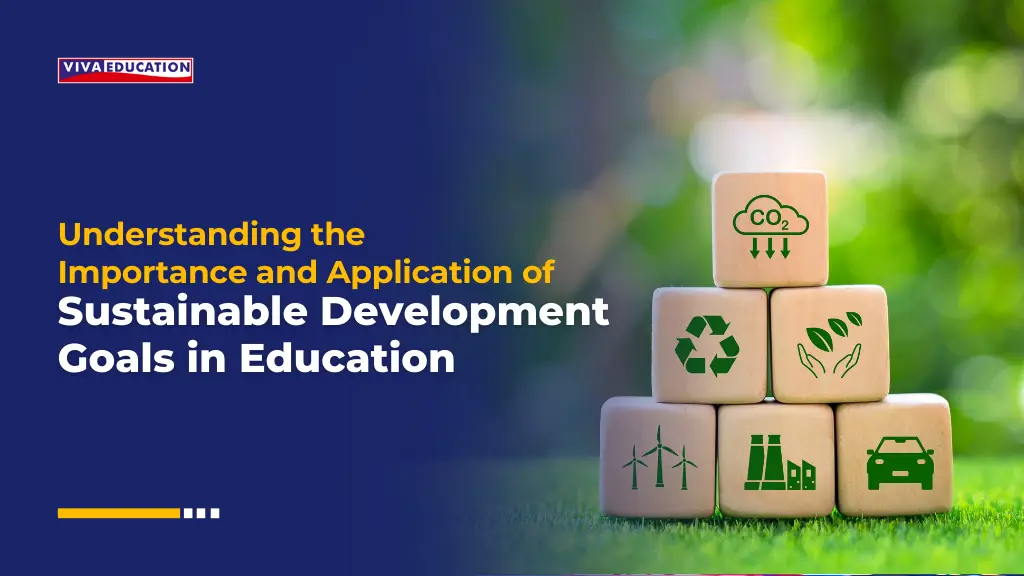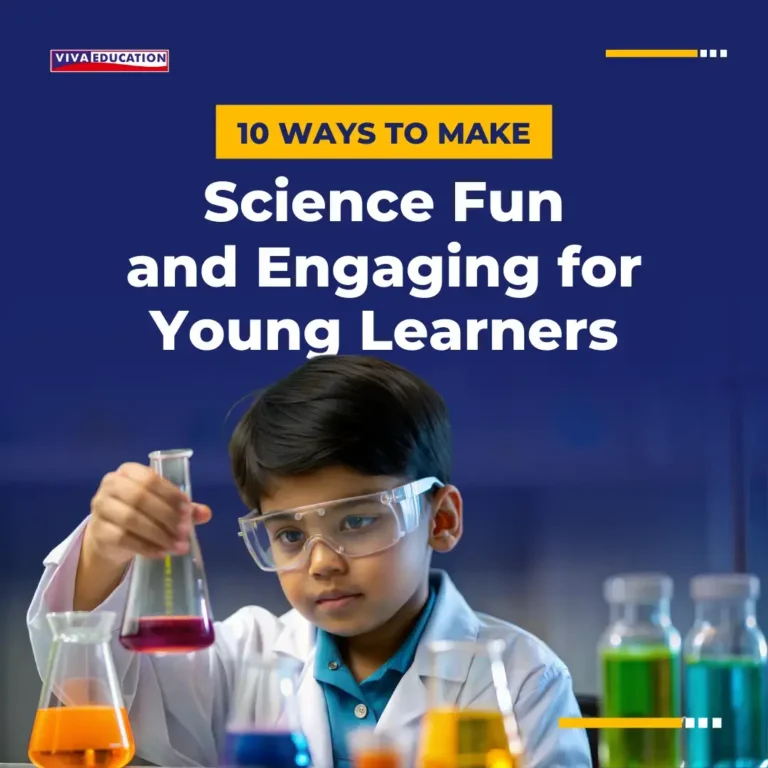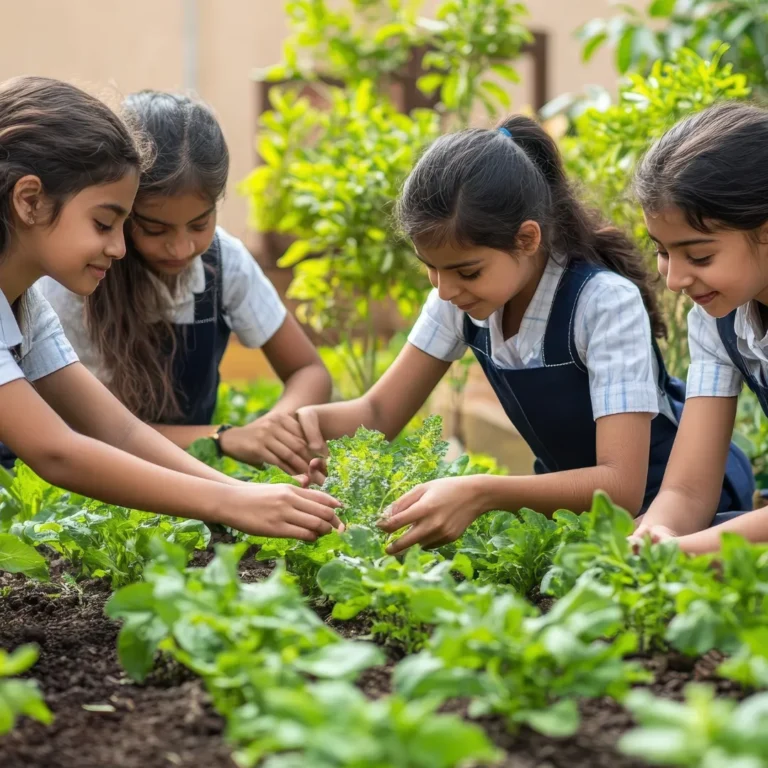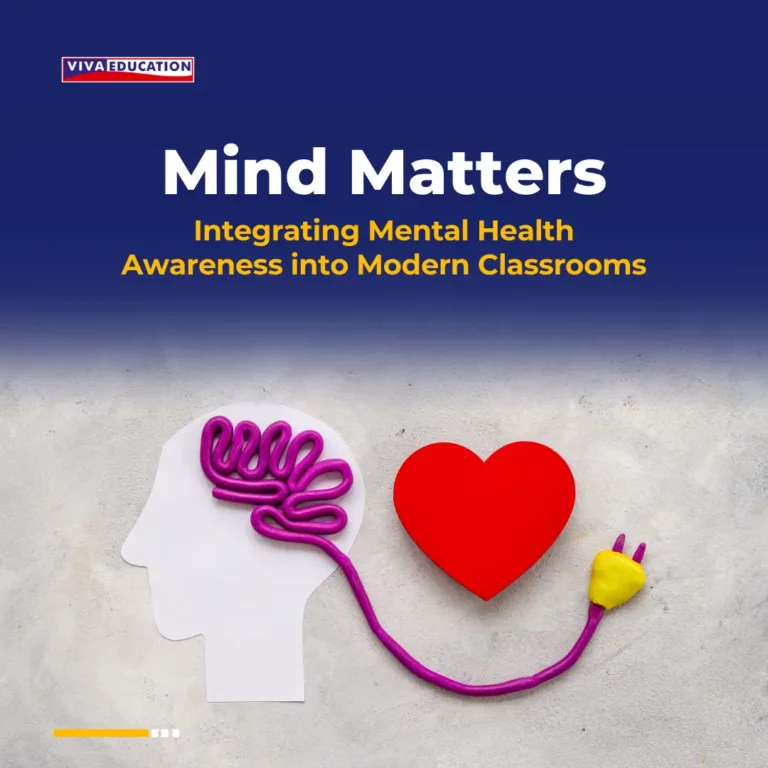Understanding the Importance & Application of Sustainable Development Goals in Education
- Schools
- October 11, 2024
- Viva Education

The Sustainable Development Goals in education are about creating a world where everyone has a fair shot at a good life, with access to the resources they need and a planet that can thrive for future generations. Bringing these goals into our schools has never been more critical. With challenges like climate change and environmental crises becoming part of our everyday lives, it’s clear that we need to think and act differently—and it all starts with education.
The UN has laid out a great framework with the SDGs, but it’s really in schools where the magic happens. This is where young minds are inspired to think critically and care about the world they live in. By teaching students to understand and respect our planet, we’re not just equipping them for the future; we’re shaping a present where small actions can make a big difference.
At Viva Education, we are excited to introduce our new series, New Directions, which integrates chapter-relevant Sustainable Development Goals (SDGs) through engaging chapter-end activities. These activities aim to make these vital concepts accessible to students and guide them to become responsible global citizens.
What are the sustainable development goals?
The Sustainable Development Goals (SDGs) are a global movement regulated by the United Nations General Assembly. They were adopted in 2015 to examine complicated issues concerning society, the economy, and the environment. The SDG consist of 17 interconnected goals and about 169 targets. The prime objective of setting up the SDGs was to identify the nature and connection between the different global challenges.
Overview of 17 SDGs:
SDG 1 – No Poverty: Eradicate poverty and ensure everyone has access to a basic standard of living.
SDG 2 – Zero Hunger: End hunger, ensure food security, and improve nutrition, especially in conflict-affected and poor regions.
SDG 3 – Good Health and Well-being: Improve health outcomes, increase life expectancy, and reduce infant and maternal mortality while addressing new diseases.
SDG 4 – Quality Education: Ensure access to quality education for all, regardless of gender, and reduce disparities in literacy between rural and urban areas.
SDG 5 – Gender Equality: Eliminate gender-based discrimination and ensure equal opportunities for all genders in every aspect of life.
SDG 6 – Clean Water and Sanitation: Ensure access to clean drinking water and sanitation for all to prevent water shortages.
SDG 7 – Affordable and Clean Energy: Promote access to renewable energy sources like wind and solar to meet growing energy needs.
SDG 8 – Decent Work and Economic Growth: Create job opportunities and ensure sustainable economic growth for all.
SDG 9 – Industry, Innovation, and Infrastructure: Develop sustainable industries, foster innovation, and build resilient infrastructure.
SDG 10 – Reduced Inequalities: Address income disparities and ensure fair opportunities for everyone, regardless of race or gender.
SDG 11 – Sustainable Cities and Communities: Build sustainable urban areas that balance growth, green spaces, and community needs.
SDG 12 – Responsible Consumption and Production: Encourage sustainable consumption and production practices to reduce waste and environmental impact.
SDG 13 – Climate Action: Take urgent measures to combat climate change and its effects, like reducing greenhouse gas emissions.
SDG 14 – Life Below Water: Protect oceans, marine life, and coastal areas from overfishing and pollution.
SDG 15 – Life on Land: Preserve forests and natural habitats, protect wildlife, and combat deforestation.
SDG 16 – Peace, Justice, and Strong Institutions: Promote peace, protect human rights, and establish strong governance to prevent conflicts.
SDG 17 – Partnerships for the Goals: Foster global cooperation and partnerships to achieve all SDGs and support developing nations.
Purpose
The primary purpose of establishing the Sustainable Development Goals (SDGs) was to cope with the rising global problems, mainly poverty, justice, etc. Besides recognition, another main reason the SDGs existed was to safeguard the environment and global situation. The UN aims to achieve the SDG goals and targets by 2030.
Why Integrate SDG Goals into Education?
Integrating the SDG goals in education helps build a foundation of awareness among young learners about global challenges. By including these goals in school curricula, students understand sustainability early, making them more likely to adopt these values and contribute to achieving the SDGs as they grow.
Understanding the connections between various global challenges instils in learners a sense of responsibility towards the planet. It broadens their perspective to focus on global welfare. Encouraging deep thinking and problem-solving about real-world issues can drive a change-making mindset, leading to more innovative solutions for addressing global disparities.
Integrating Sustainable Development Goals Into School Curricula
The Sustainable Development Goals are a framework when incorporated into the school curriculum. They act as guiding factors in devising learning processes and implementing specific initiatives. Here are the various ways to integrate SDGs into school curricula:
- Alignment with the lesson concepts
Schools can primarily integrate SDG goals in education by incorporating these concepts into the curriculum. Learners need to develop a bird’ s-eye approach to sustainability. Thus, combining these themes at early levels will sharpen their awareness of SDGs.
- Assignments
Practical opportunities are a great way to enhance the integration of SDGs in curricula. Allotting small projects to learners individually or in a team to survey local-level problems conforming to SDG goals can benefit them. It creates confidence in learners and polishes their social skills. Also, it provides them a proactive opportunity to play a part in sustainable development.
- Training experiences
Training experiences like excursions, field trips, etc., help learners understand the significance of greenery and the need to save it. They aid them in comprehending the vitality of flora and fauna equally in the ecosystem. This forms a spirit of stewardship toward the conservation of balance in the ecosystem.
Benefits of Teaching SDGs in Schools
Implementing the SDGs in schools can benefit from a well-aligned and organized curriculum that accurately represents the concepts to learners.
- Promotes Critical Thinking and Problem-Solving:
Engaging with SDGs helps students develop the ability to analyse complex issues like climate change, poverty, and inequality. This develops critical thinking skills necessary for understanding and addressing modern-day challenges.
- Encourages Creativity and Innovation:
Addressing the global challenges highlighted by the SDG goals requires fresh, innovative solutions. Incorporating these goals into the curriculum inspires students to think creatively, a skill highly valued in today’s workforce.
- Builds Global Competence:
The SDGs encourage students to look beyond their immediate surroundings and understand global issues. This awareness prepares them to be informed and active participants in an interconnected world, making them more adaptable to diverse perspectives and challenges.
- Connects Classroom Learning to Real-World Issues:
SDGs bridge theoretical knowledge and real-world applications. This makes learning more engaging and relevant, helping students understand how their actions can make a difference in their communities and beyond.
- Fosters Community Engagement:
Schools adopting the SDGs can build partnerships with local organisations and encourage students to participate in community service. This strengthens the relationship between schools and their communities, promoting a collective effort towards sustainable development.
Role of Teachers in Promoting SDG goals
Teachers act as facilitators and promoters of SDG integration in the classroom. Their task is to adjust themes and concepts and focus on learning outcomes by integrating SDGs.
Teachers use unique methods and strategies for imparting SDG-oriented knowledge parallel to the curriculum information. They act as active agents that enable learners to think from different angles by asking various questions.
Challenges in Implementing SDG Goals in Schools
Resource Limitations
- Course material and teaching resources must be necessary for the teaching-learning process to happen effectively.
Curriculum Challenges
- Teachers must understand SDG-related concepts and the appropriate pedagogical approaches to integrate them into their teaching effectively. Without this expertise, implementing SDG principles in education may fall short, leading to suboptimal outcomes.
Assessment
- Teachers need to evaluate students’ understanding of SDGs due to the lack of standardised assessment techniques and clear guidelines. Moreover, no dedicated assessment frameworks are specifically designed to measure progress in SDG-related learning.
Solutions to overcome these barriers
- Develop a well-trained teaching staff equipped to promote SDG-focused education.
- Create a balanced curriculum that allows ample scope for integrating SDG concepts.
- Adopt a universal approach and standardised techniques for effectively teaching SDGs.
Conclusion
We believe in the power of education to shape a better future. Integrating the Sustainable Development Goals (SDGs) into our curricula can empower students to become responsible global citizens.
At Viva Education, we’re committed to making learning engaging and meaningful. Our New Directions series incorporates SDG-aligned activities into every chapter, making it easier for educators to integrate these essential concepts into their teaching.



